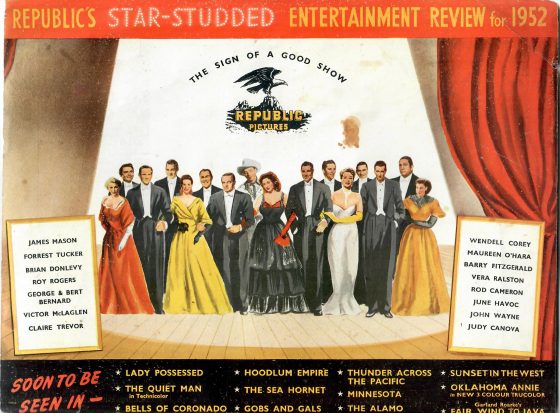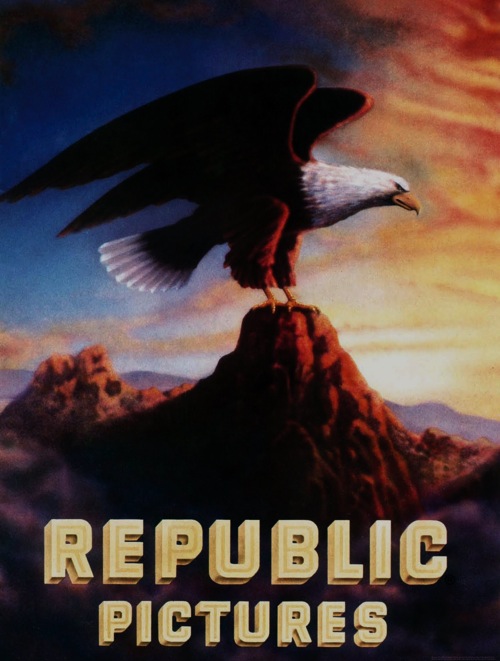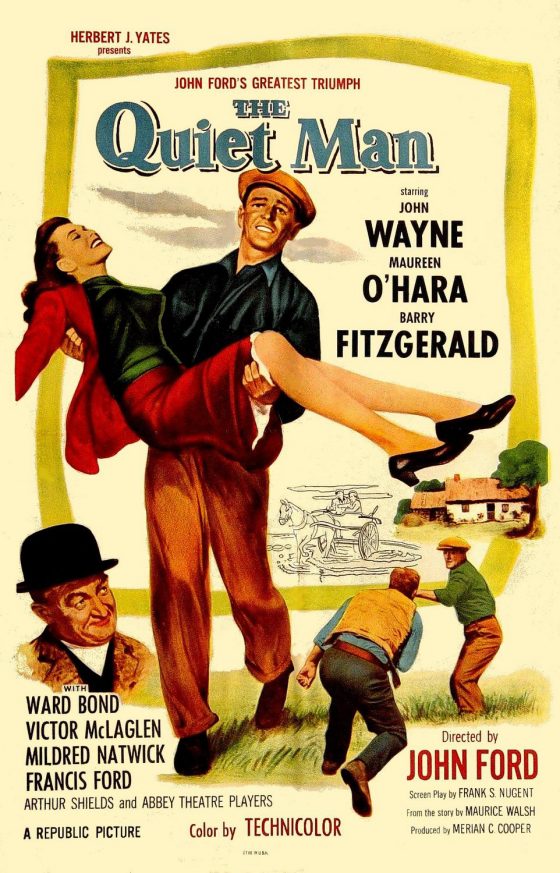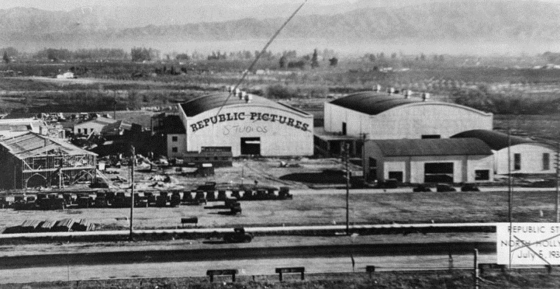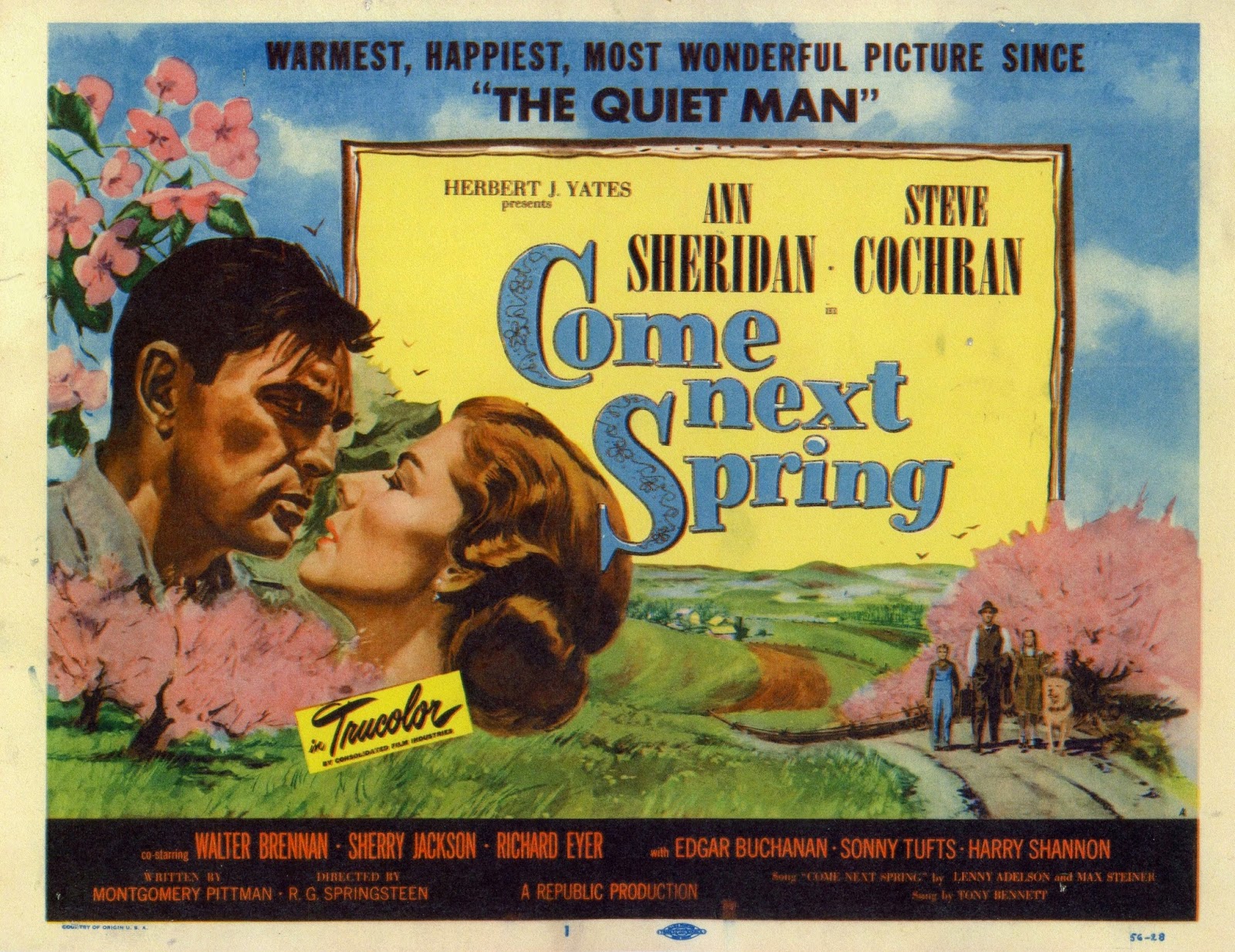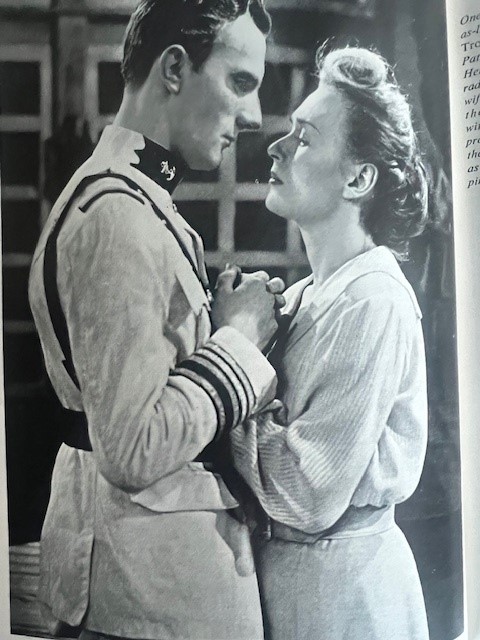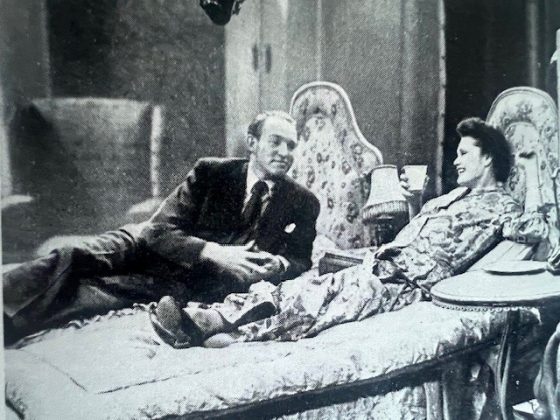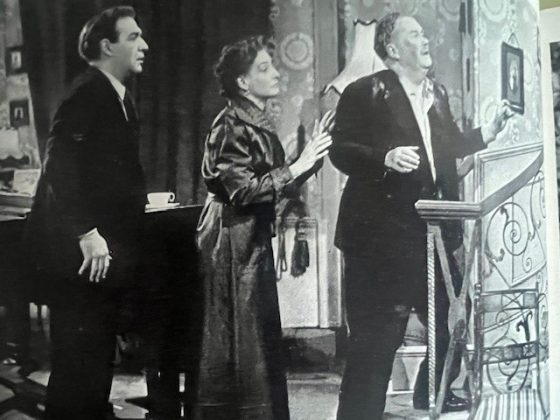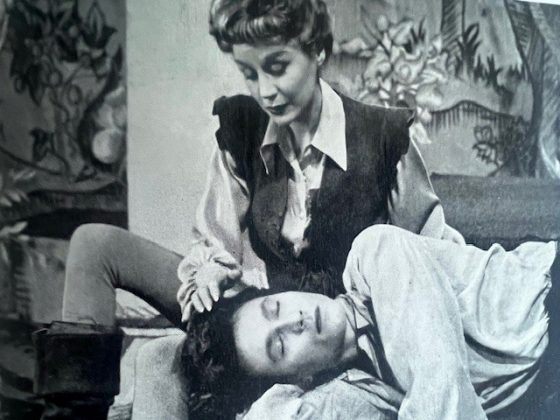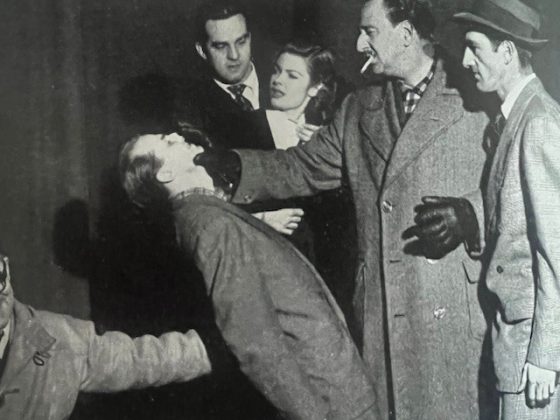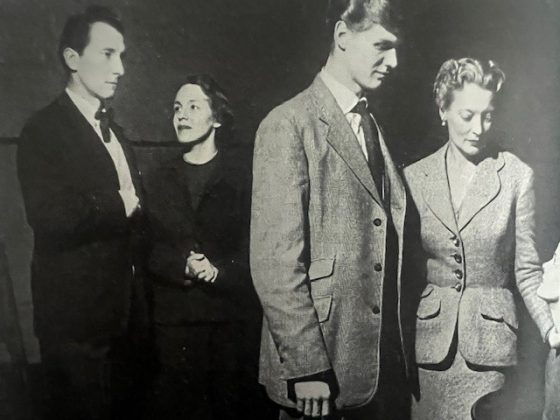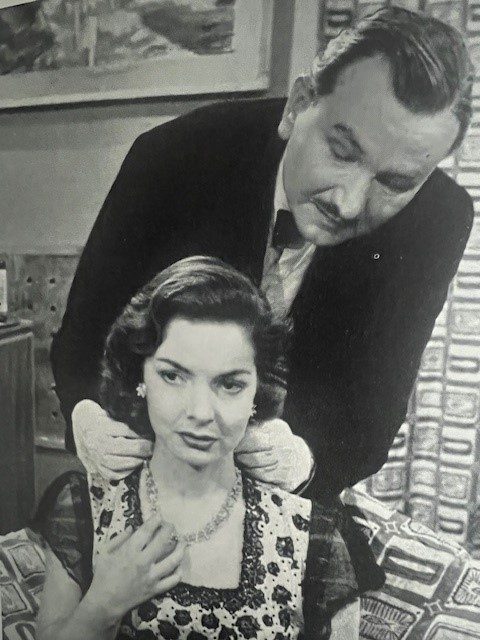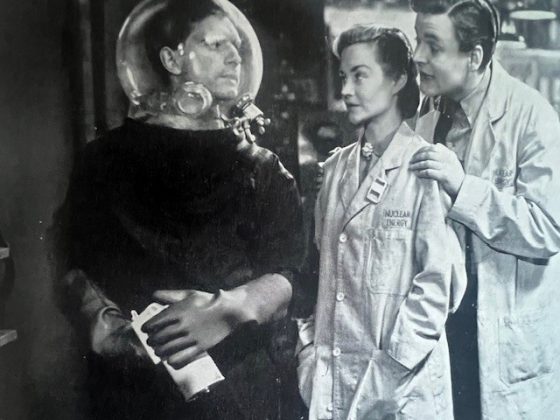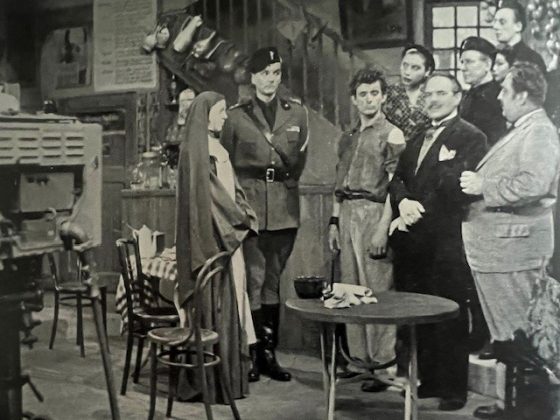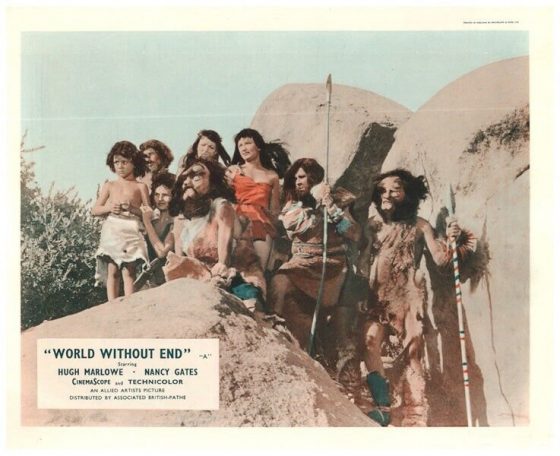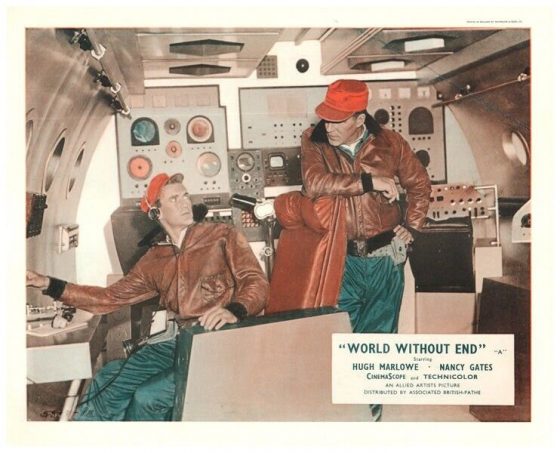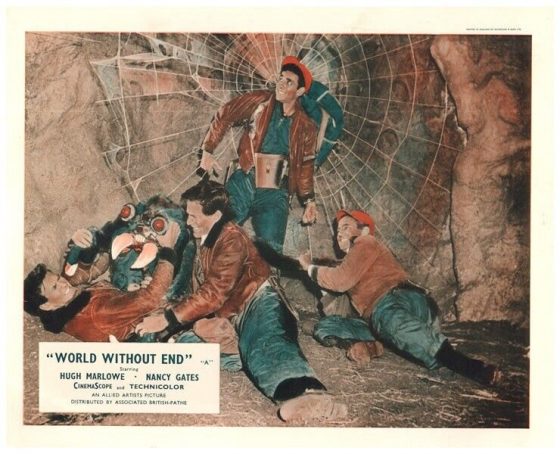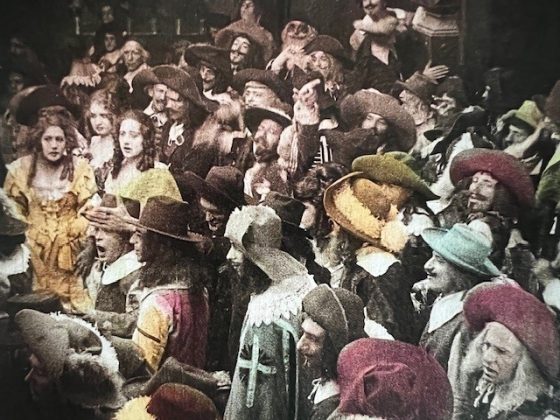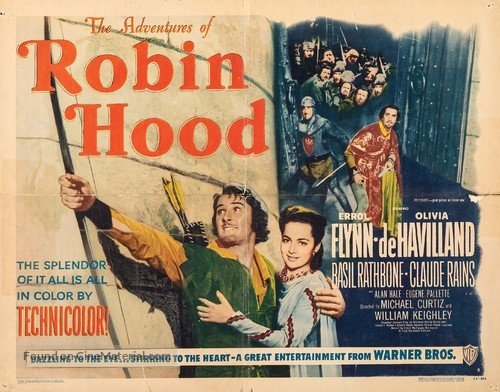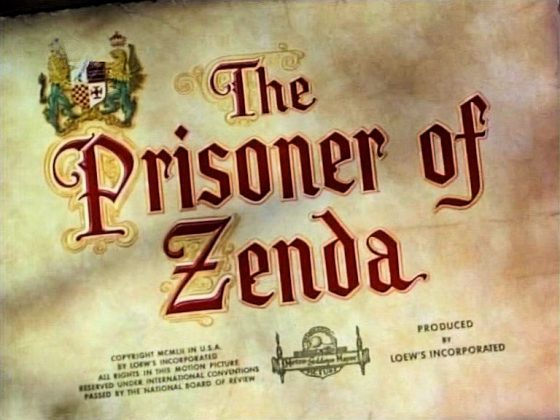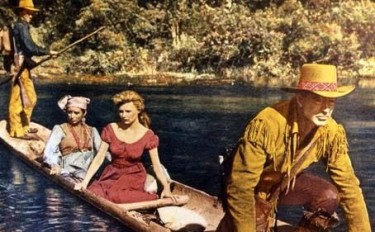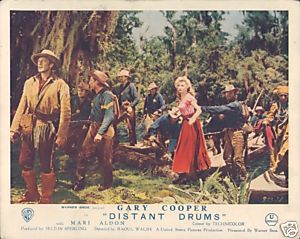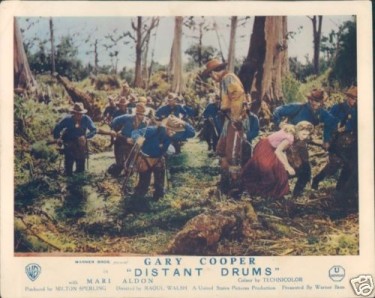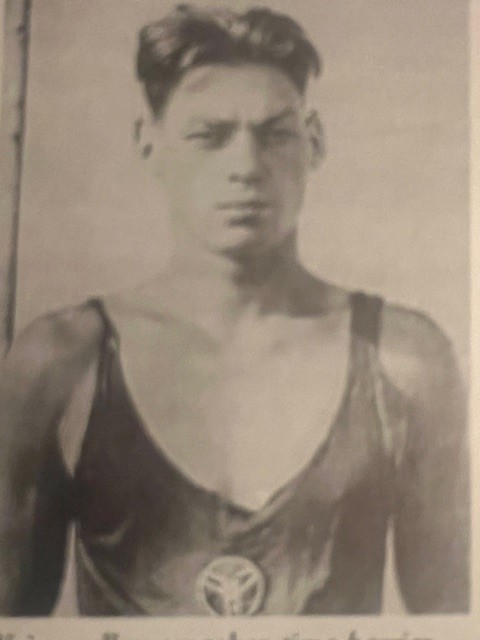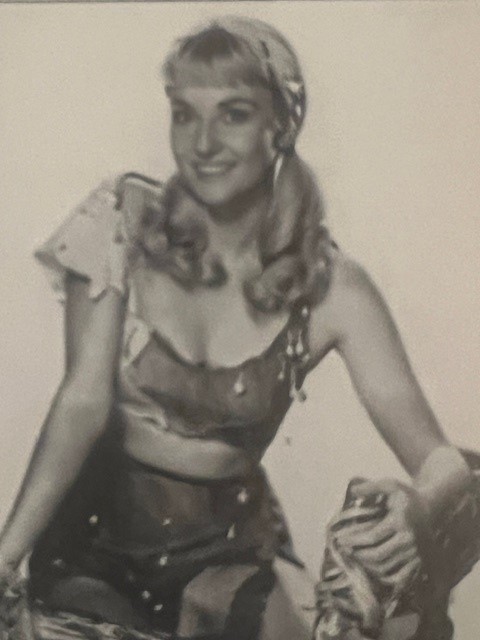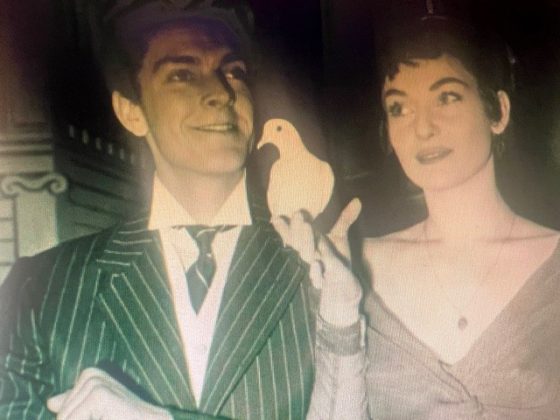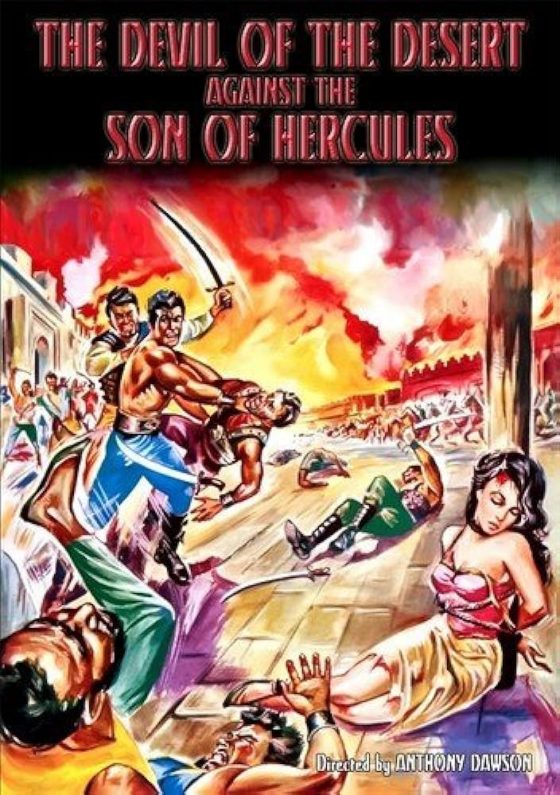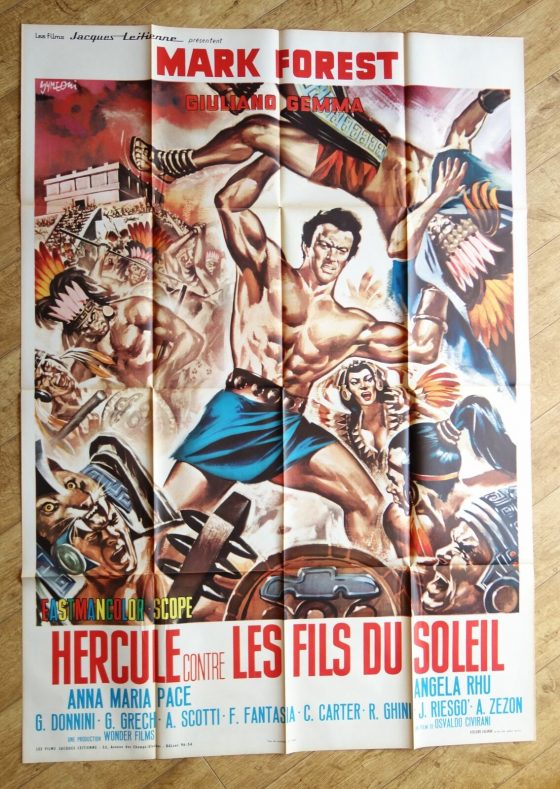A Photograph of Anthony Forwood in the saddle whilst on the set of ‘The Story of Robin Hood and His Merrie Men’ at Denham Film Studios

Anthony was very comfortable riding a horse which shows here
Film fans probably know him best for his portrayal of Will Scarlet in Walt Disney’s ‘The Story of Robin Hood and His Merrie Men’ released in 1952
Also he was the long term partner of Dirk Bogarde right up until the time of his death. Anthony was married only once to Glynis Johns and they had a son Gareth together before the marriage ended and he went back to Dirk for the rest of his life.
Dirk Bogarde and Anthony Forwood first met on 28 October 1940 at the Playhouse Theatre. Bogarde was acting in Grief Goes Over, which Tony only saw because the Regent Cinema was sold out.
At the age of 19, Dirk Bogarde had joined the Amersham Playhouse a few months earlier. He had decided to become an actor whilst studying at the Chelsea School of Art but unable to take up a place at the Old Vic School because of the outbreak of the war, seized the opportunity to learn the craft as an apprentice actor in weekly rep.
His painting skills were also put to good use creating scenery! Anthony Forwood was also an actor and occasional theatrical agent and was impressed by Dirk Bogarde, so he recommended him for a revue with Peter Ustinov and Joyce Grenfell which opened at Wyndham’s on New Year’s Day 1941. He also took him to meet his grandfather, Ernest Forwood, at Bendrose House. Shortly afterwards Dirk Bogarde was called up to serve in the British Army.
Six years later, demobbed and looking for a job, Dirk Bogarde knocked at Anthony Forwood’s door in Chesham Mews, Belgravia. Within a year Bogarde had made his first Rank film and Anthony Forwood, now separated from his wife, the actress Glynis Johns, had moved in. Although their relationship was a closely guarded secret, they were together for nearly 40 years, until Anthony’s death in 1988.
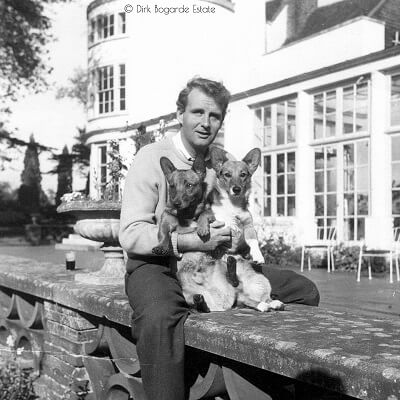
Beel House was purchased for £4000. Privacy was a major attraction as the house is located at the end of a long, tree-lined drive, half a mile from Little Chalfont village and surrounded by acres of gardens and grounds. Bogarde’s restoration included pulling down the 11 room servants’ wing, building a swimming pool and creating a studio. The elegant drawing room was hung with crimson damask, and filled with Bogarde’s collection of Georgian silver, paintings, and antiques, including a satinwood and red silk spinnet, identical to one made for Queen Victoria.
Beel House soon became a destination for anyone visiting from Hollywood. Judy Garland, Ava Gardner, Gregory Peck and Elizabeth Taylor, were just some of the guests featured in Anthony Forwood’s home movies, which also starred their corgis, Bogie and Sinhue, and the parrot, Annie.
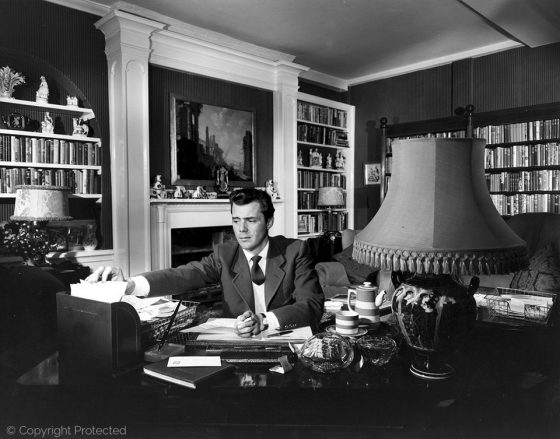
Incredibly Bogarde still found time for the local community. An annual horse show was held in Beel House Park with over a thousand entries, probably attracted by the fact that Bogarde was presenting the prizes. He was also honourary president of Amersham Film Society and the Chesvale Dog Training Club, where the Dirk Bogarde Challenge Cup was presented to the seniors! His favourite tailor was Nancarrow and Temple in Amersham-on-the-Hill, who also made his suits for films such as Darling with Julie Christie and Doctor at Sea with Bridgitte Bardot. With Tony Forwood he was a regular at the Regent Cinema in Amersham (always in the 3 shilling 2 pence seats) and campaigned against its closure in 1962.
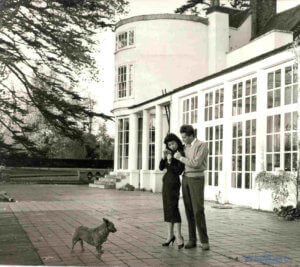
Sadly, by then the couple had left Amersham for Drummer’s Yard near Beaconsfield. By 1960 the Council had approved the building of Dr Challoner’s High School just 200 yards from Beel House. Bogarde, who had strongly objected to the school, had already built a large mound with earth excavated from building work at the neighbouring Radiochemical Centre. Nicknamed “Bogarde’s Bastion”, it was 20 feet high, 200 yards long and 15 feet wide to shield the house from the sight of the school, and the schoolgirls from the sight of Dirk Bogarde!
Shortly afterwards he sold Beel House to his friend Basil Dearden, the film director and his wife, the actress Melissa Stribbling. At the time Bogarde was starring with Sylvia Syms in Dearden’s ground-breaking thriller Victim, about a married but secretly homosexual barrister. Bogarde later wrote: “It was the wisest decision I ever made in my cinematic life. It is extraordinary, in this over-permissive age [c. 1988], to believe that this modest film could ever have been considered courageous, daring or dangerous to make. It was, in its time, all three”.
2021 is the 60th anniversary of Victim and the centenary of Dirk Bogarde’s birth. See amershammuseum.org and dirkbogarde.co.uk for more on the history of Beel House and Dirk Bogarde’s life and career.
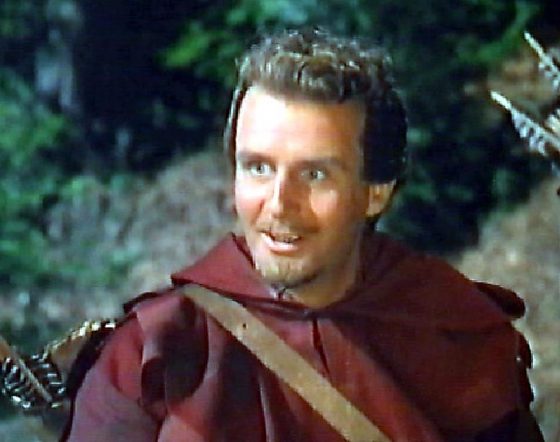
It is still this picture of Anthony Forwood that remains with film fans – as Will Scarlet in that great 1952 film.
Ken Annakin the Film Director said that he remembers Anthony Forwood in costume in this role wandering around the sets of Sherwood Forest in the Denham Film Studios, with great affection as they were all such a happy band during the summer of 1951 working on the film.
He said that he thought Anthony brought a great deal to the role although it was not a major part
